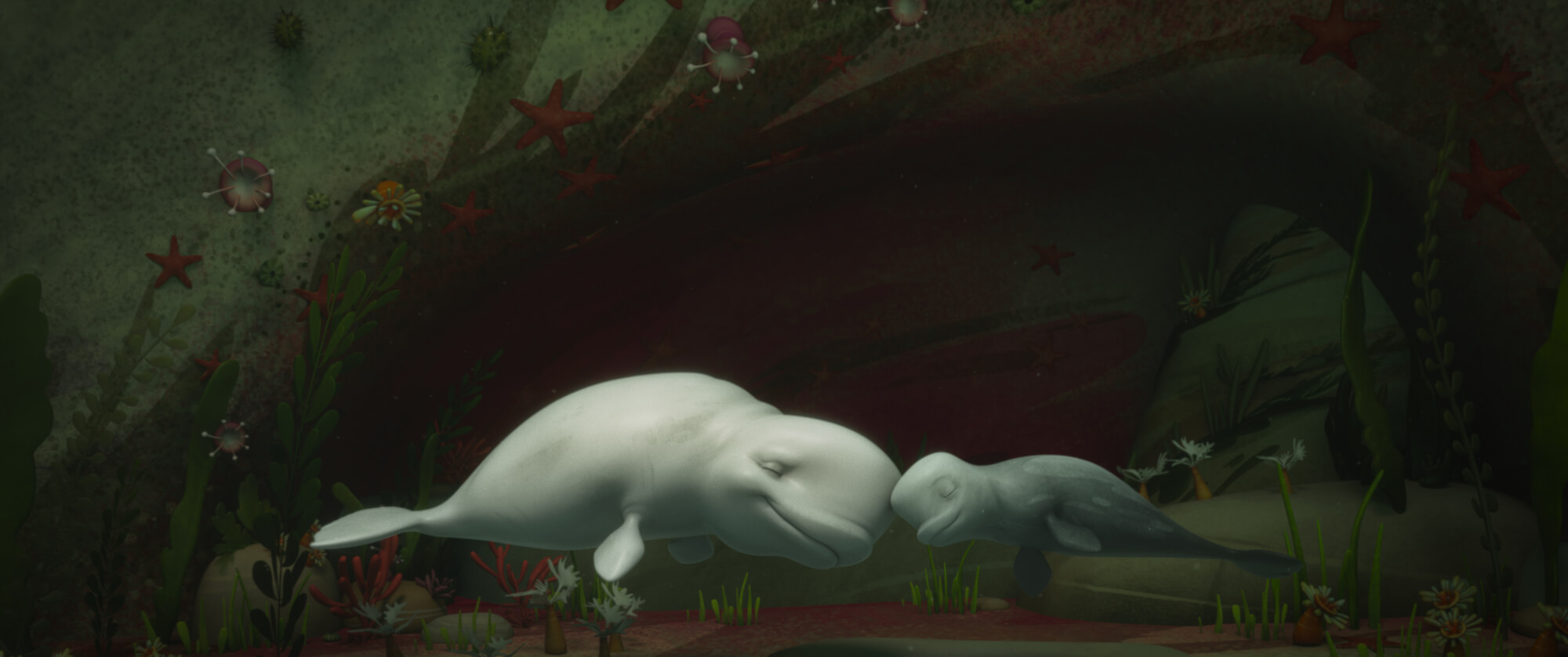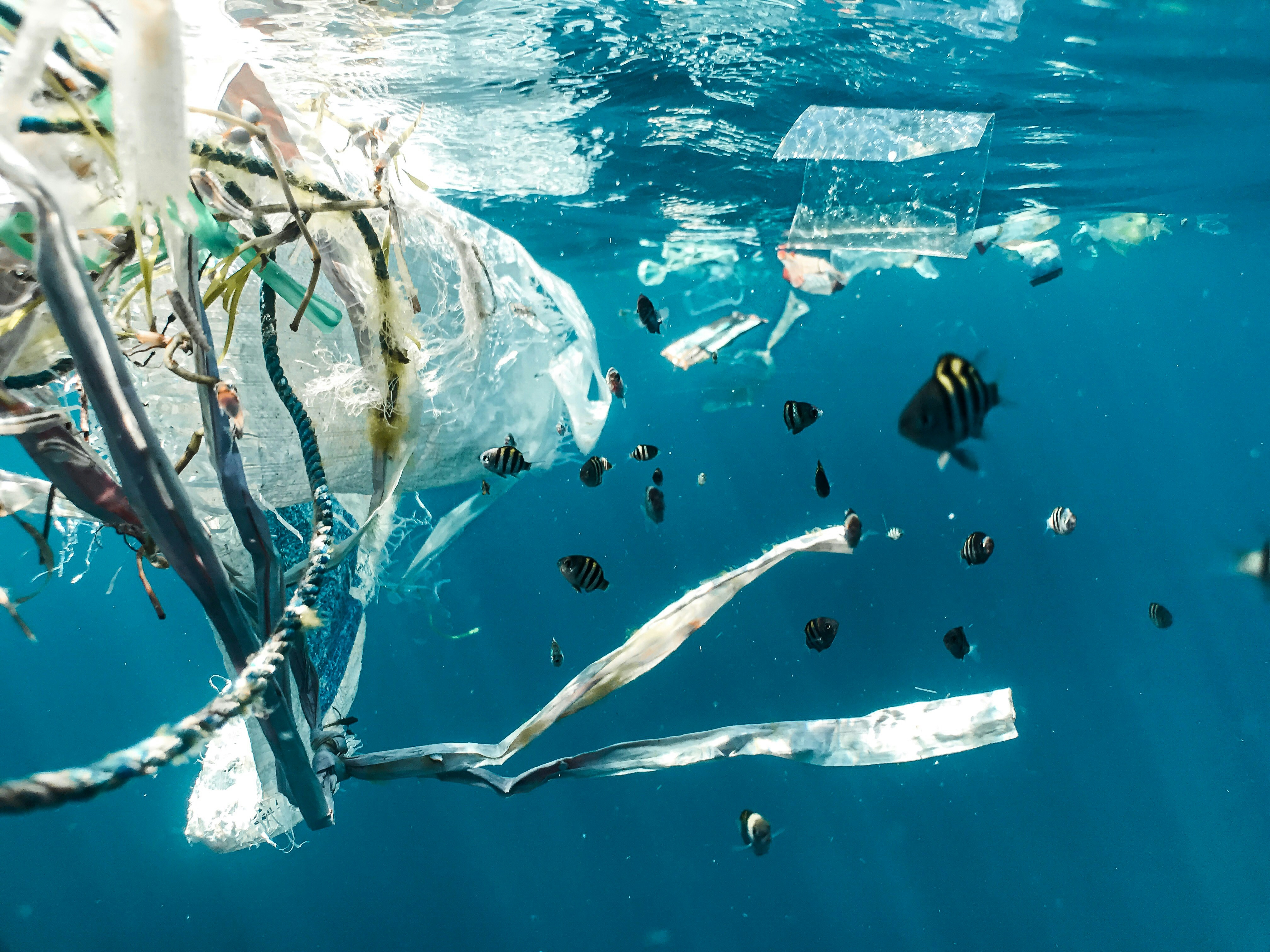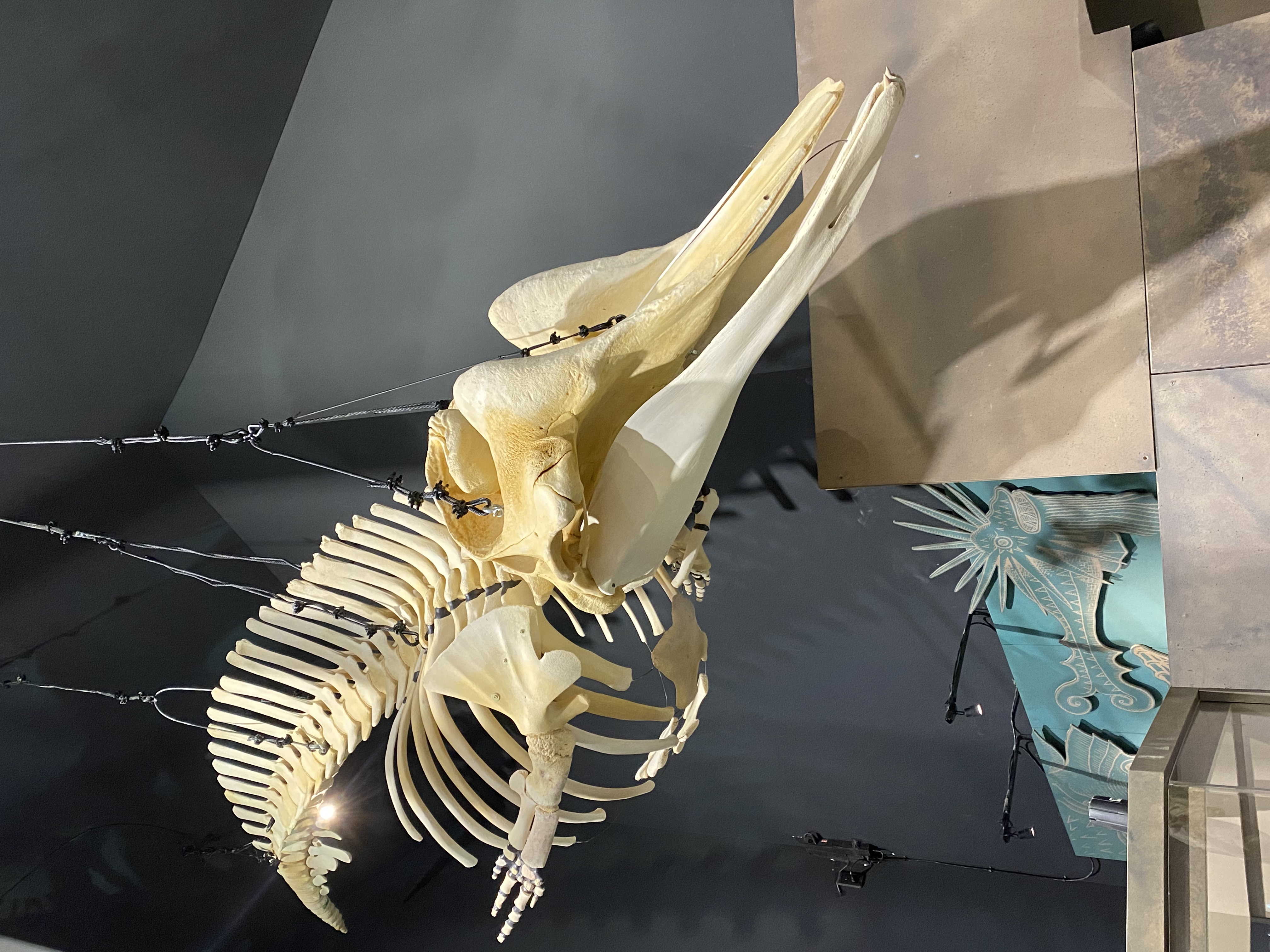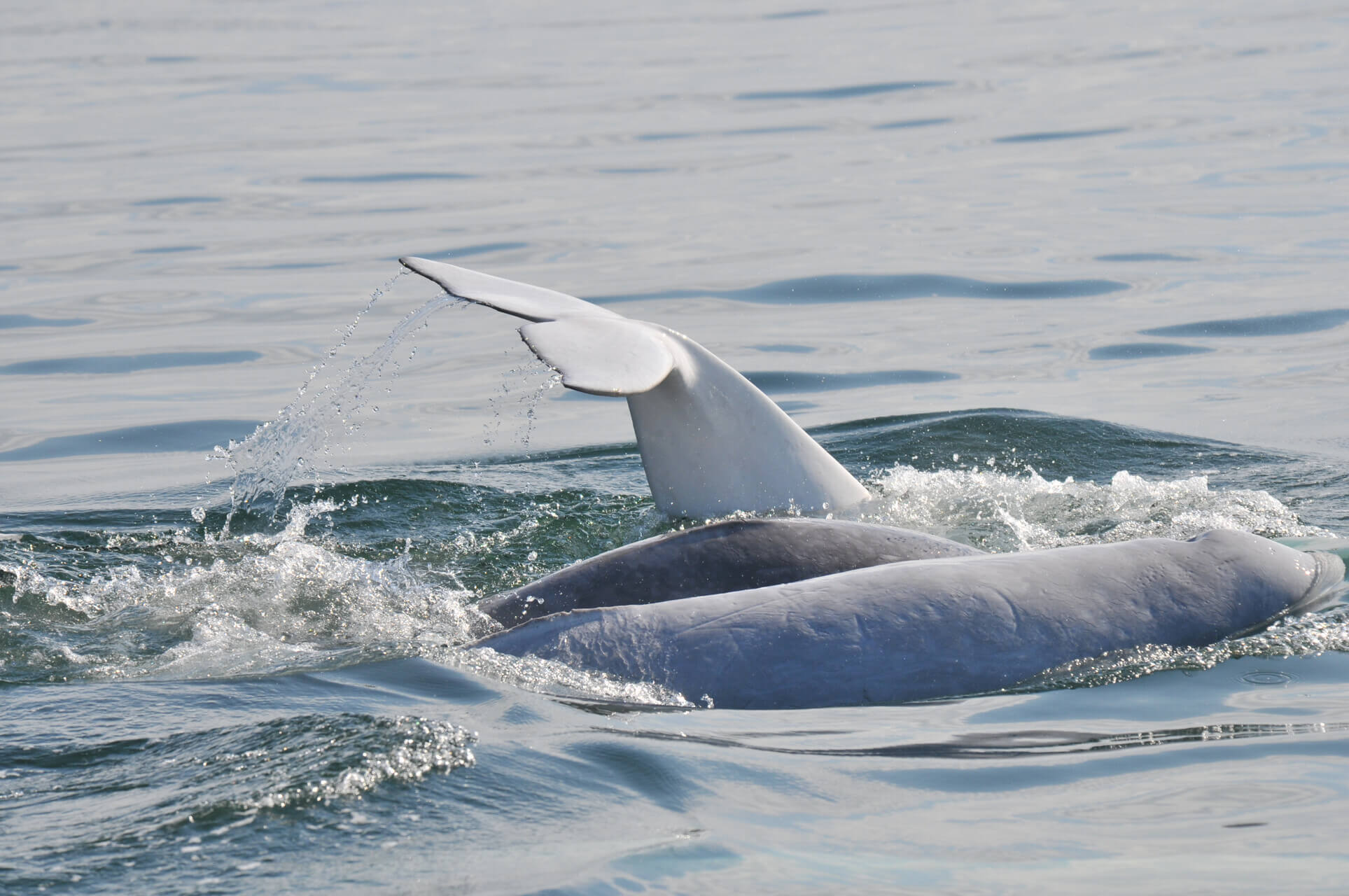In the thrilling journey of a young beluga in search of his grandfather, the animated film Katak the Brave Beluga, from Quebec production company 10th Ave Productions, explores a diverse marine fauna, breathtaking landscapes of Quebec’s Côte-Nord region and some of the issues facing belugas. With a touch of humour, unexpected twists and endearing characters, the film has everything to please kids and adults alike.
The screenwriter of this feature film, Andrée Lambert, is no newcomer to the genre. She has also worked on the scripts for the children’s programs Cornemuse and Toc toc toc. “My initial idea was to write a story about a child who doesn’t quite fit in, but who would ultimately end up accepting who he is,” she explains. “Only I didn’t yet know how to go about it. I sailed the river on my sailboat for several summers and one day, when I arrived in Tadoussac at the entrance to the Saguenay Fjord, I spotted belugas in the distance and I realized that the St. Lawrence would be the perfect setting for this story. The author had two objectives when writing the script: to showcase the river by illustrating it in all its splendour, and to raise public awareness about the plight of the St. Lawrence beluga.
The life of a beluga
Katak is slow to turn all white: at his age, he should already have lost his grey colouring and left his mother’s sides to join a group of adult males. Indeed, in the wild, this is how beluga pods are organized. On one hand, there are gatherings of females with their newborns as well as juveniles, while males congregate in their own small groups. Additionally, at birth, belugas are café au lait in colour before turning bluish-grey and ultimately completely white between the age of 12 and 16. They change colour gradually, with some fading to all white more quickly than others. The presence of a grandmother in the beluga community of the film is testimony to the complex social bonds that exist in these cetaceans. Allomaternal care, which is tantamount to a sort of babysitting, is often provided to calves by a female other than the mother, be it a grandmother, an aunt or even an older sister.
On a few occasions in the course of his exciting adventure, the young Katak has to stop to sleep. He remains on the surface and enjoys a much-needed good night’s slumber from sunset to sunrise. In reality, however, it should be pointed out that breathing is a voluntary behaviour in cetaceans. They must therefore constantly maintain a certain level of consciousness to breathe, even when they are sleeping. The animals will therefore have several brief periods of rest throughout their day in order to be able to breathe when they need to. Some studies have shown that sleeping dolphins, for example, only rest one part of their brain at a time. As for belugas, they have been observed resting at the bottom of tanks in captivity or floating languidly at the surface like a log.
The impacts of noise and human pollution on belugas, neonatal mortality, maritime traffic and the decline in the St. Lawrence population are touched upon at different times in the feature picture. Sad moments, anecdotes, challenges and humorous scenes are all intertwined with the harsh realities of beluga life and the characters’ adventures.
A prime example is a scientifically accurate reference to the Atlantic cod. At one point in his journey, Katak swims alongside a lone cod that is trembling in fear. He reassures it by telling it not to worry, as he has no intention of eating it. In the 1930s, the Quebec government encouraged beluga hunting, as it was believed that the species posed a threat to the province’s fisheries. A few years later, the first studies showed that belugas did not feed on commercial species such as cod, but rather on small groundfish and invertebrates.
What should we make of the movie?
On a number of occasions, the animals in the cartoon show human-like reactions or feelings, which is known as anthropomorphism. Without wanting to spoil the film, the end, though happy and entertaining, can be considered a bit disappointing from a scientific perspective. The recovery of the beluga population will not take place overnight and the solution proposed in the movie overlooks some of the true issues observed in the St. Lawrence, in addition to failing to hold humans accountable for their role. Writing a story that balances reality and fiction is no easy feat, however, and the author wanted to bring a glimmer of hope, in addition to offering a happy ending for the characters.
Even if some minor inconsistencies can be noted, on the whole, the work provides a surprisingly accurate portrayal for a children’s cartoon. In her writing process, Andrée Lambert first consulted with Pierre Béland, ecologist, beluga conservationist and author of the book Beluga: A Farewell to Whales. She then turned to Jean-François Gosselin, a biologist at Fisheries and Oceans Canada. The film owes the realism of its imagery to consultations with the Aquarium du Québec, which notably helped identify the anemones that populate the depths of the St. Lawrence.
The story features refined and realistic aesthetics that flaunt some of the majestic landscapes that inspired the screenwriter during her sailing trips along the river. Those who know the Côte-Nord region will also recognize a number of familiar places and landmarks: Baie Sainte-Marguerite, Tadoussac, the Prince Shoal Lighthouse, Pointe-des-Monts, the Mingan archipelago, Natashquan, etc. Viewers who have yet to discover these places will certainly want to explore them.
Hats off to the team for having succeeded in creating a story that features the marine fauna of the St. Lawrence, replete with striking landscapes and where the challenges faced by belugas are addressed in a soft-spoken and sensitive manner. The film also deserves immense credit for raising awareness among young audiences of the impact that human activities can have on the environment. As these were precisely the objectives that screenwriter Andrée Lambert’s had it mind, we can therefore say “Mission accomplished!”







